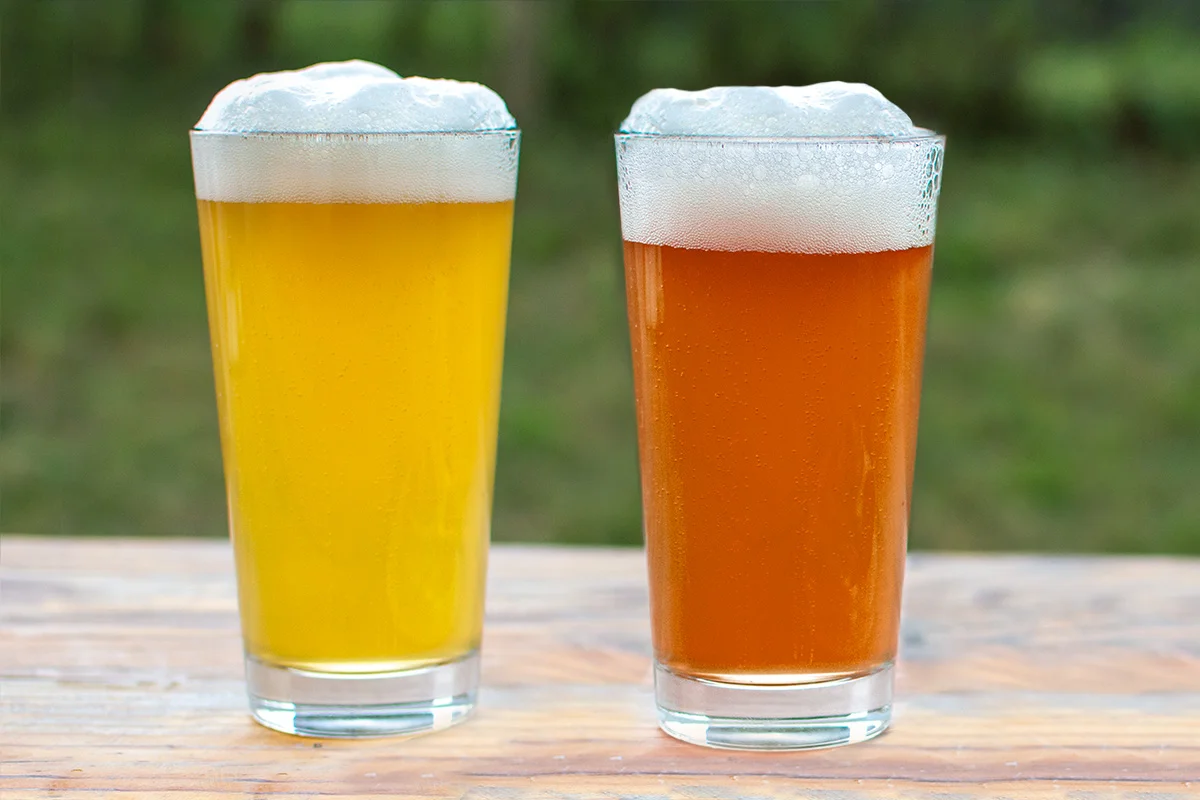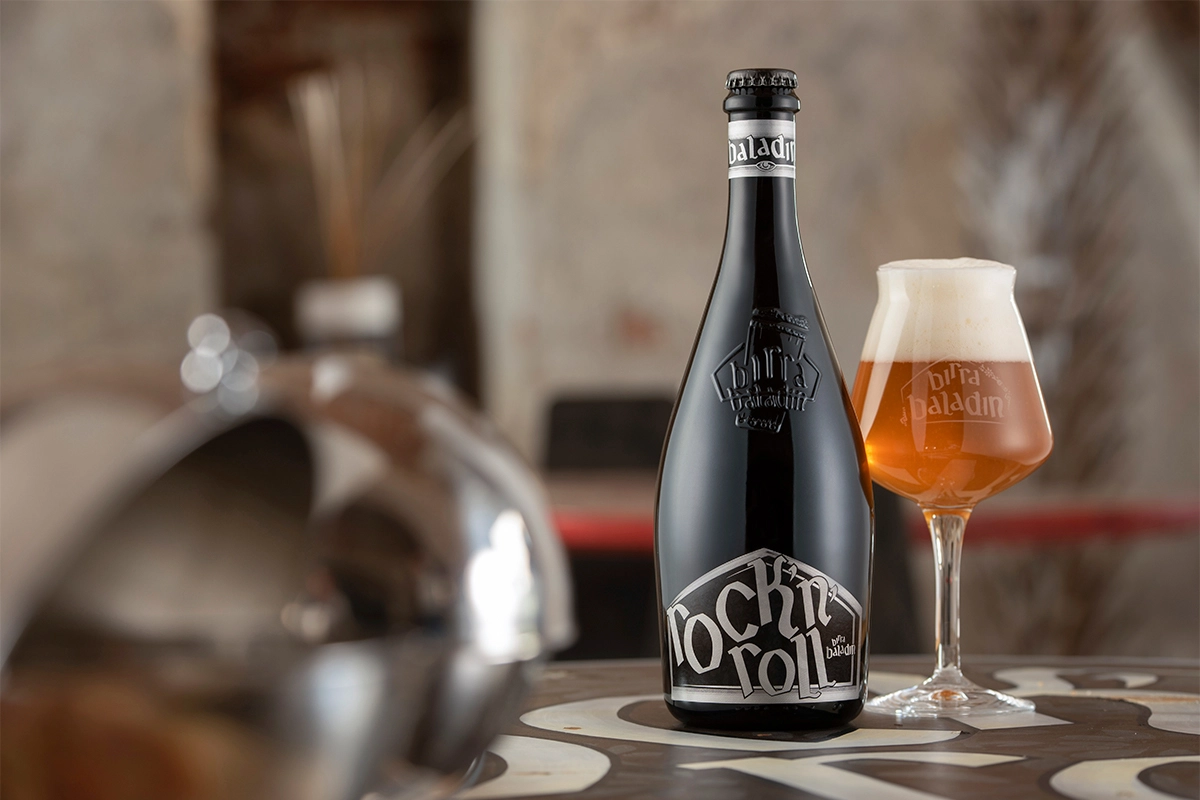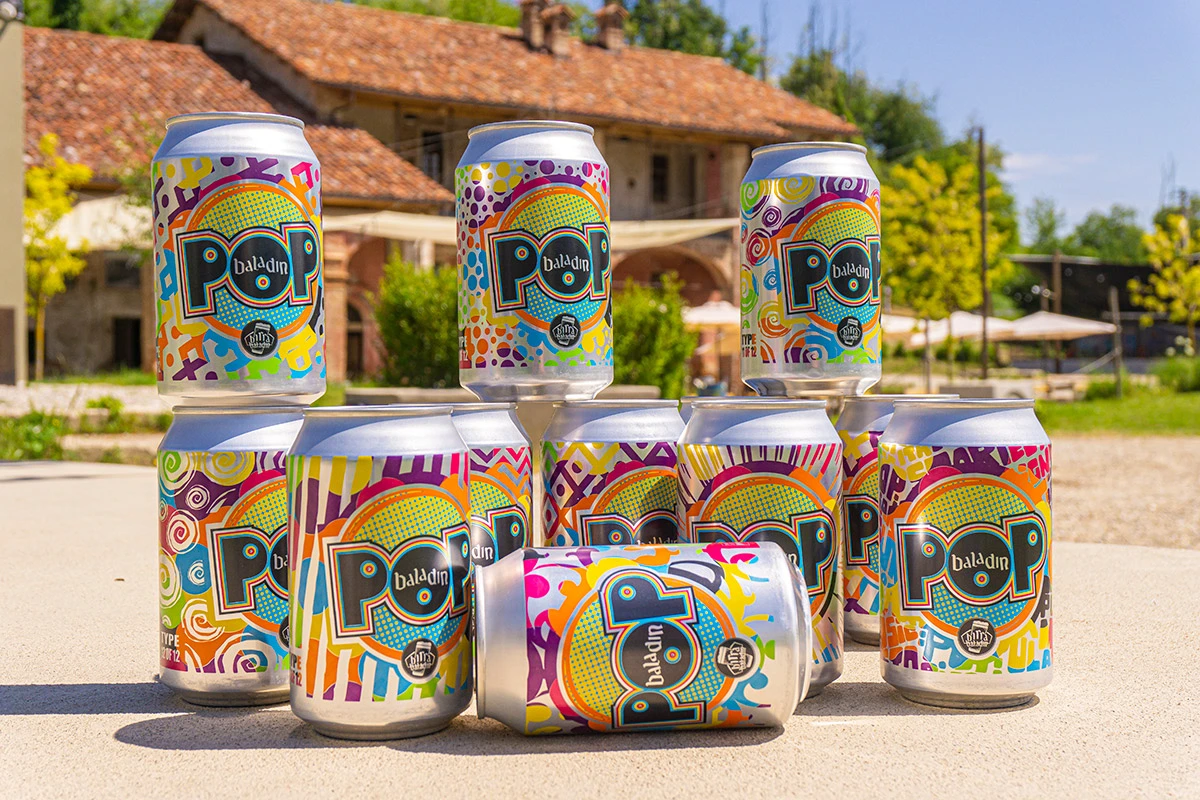What is the difference between American Pale Ales and India Pale Ales?

The distinction is actually not complicated, although creative brewers may sometimes mix things up.
First of all, let’s see what the acronyms mean: APA stands for American Pale Ale, while IPA is short for India Pale Ale.
We immediately see a geographic difference, although things are not exactly what they seem - as in a good mystery novel.
SUBSCRIBE TO BALADIN NEWSLETTER
Under the lens: American Pale Ale
APAs do not just come from the United States (American): they are the style that led the craft revolution on the other side of the ocean. They are top fermented beers (i.e. ales, vs. lagers, which are bottom fermented beers) and have a light color (pale)... but how light?
The first historical examples of APAs have very intense colors, ranging from deep gold to pale amber, thus surprising consumers who were used to straw-yellow industrial lagers. “Why is this called a pale ale, but it’s much darker than the beer we were used to drinking?”, wondered the first customers of the very first Californian brewpubs.
The answer can be found in the connection to the old British brewing tradition, where pale essentially meant “not dark”. In past centuries, all beers where darker than they are now, as malts where dried using a direct flame.
Their truly distinctive features, however, emerge from their aromas and tastes: the scents of hops grown on the American Pacific coast take center stage, without being excessively pungent in the bouquet or bitter in the finish.
At the beginning of the craft movement, the most commonly used hop varieties typically gave citrusy notes, reminiscent of tangerines, grapefruit zest and bergamot. Now brewers tend to prefer hops with warm and tropical scents (passion fruit, mango, pineapple, lychee, guava), skillfully blended with other varieties with more resinous and balsamic fragrances.
The color has also become paler, often a light golden hue. APAs are easy to drink: they have a light body, a moderate alcohol content (between 4.5% and 6% ABV) and a distinctive, yet not overwhelming bitterness.
Under the lens: India Pale Ale
IPAs, instead, do not come from India... they used to travel TO India! This is an English style that originated in the 18th century with the name October Ale. The flourishing trade with the East India Company included beers, and this particular type became more popular than others in the large Asian colony. So, after over thirty years of shipment by sea, their name changed to Pale Ale as prepared for India, and from there to India Pale Ale.
These were ales, i.e. top fermented, and pale beers, i.e. not as dark as the Porters and Brown Ales that were so popular in the motherland. They had a high alcohol content and were very hoppy, which made them suitable for long conservation periods.
The intense use of hops was typical English: flowery, earthy notes of black tea, combined with a strong presence of malts with biscuity flavors.
The end of the British Empire and the lack of ingredients caused by the two world wars meant that the style almost disappeared from Britain. We have seen a rebirth of IPAs among US craft brewers, who, however, have adapted them to their own ingredients, starting from hops.
Under the lens: English IPA and A-IPA
Today, the term IPA is used to refer to beers produced according to the old tradition and with British ingredients. American IPA (A-IPA), instead, refers to the interpretation of the style characterized by the fragrance of American hops. As is true for APAs, the most recent trends prefer a basis of lighter malts, used as a mere backbone to let hops explode with their tropical and resinous aromas, in contrast to the more citrusy ones chosen before.
So, there are organoleptic similarities between APAs and A-IPAs. The latter, however, have more intense and deeper scents and tastes: exhilarating and sometimes pungent hoppy aromas, a higher alcohol content, stronger bitterness with, sometimes, very persistent aftersmells.
A-IPAs have a stronger and more powerful character, in contrast to what happened in the past. They are note meant to be stored for long periods of time, but rather drunk as fresh as possible, as the scents of American hops are as intense as they are quick to deteriorate.





